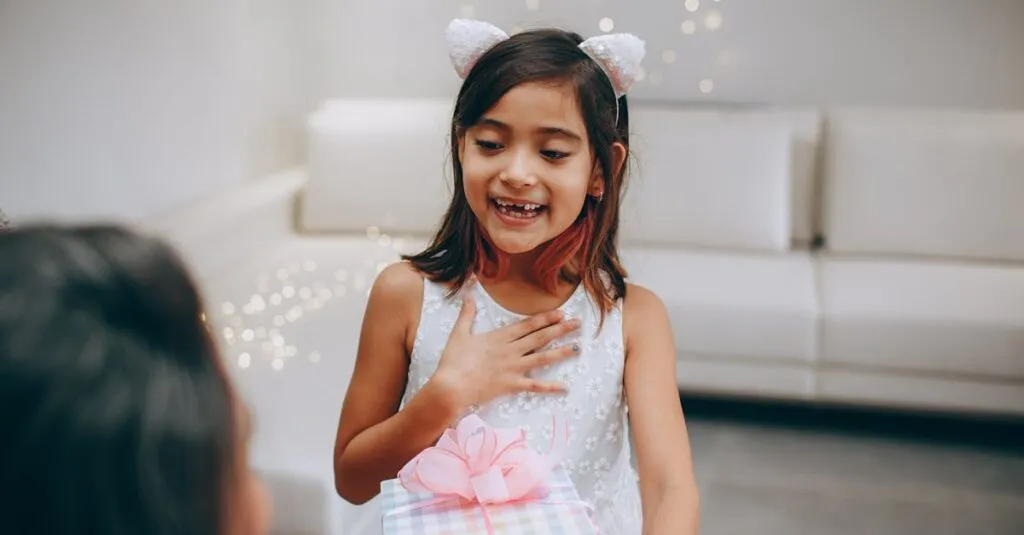Why Teaching Gratitude is Crucial
Gratitude isn’t just a glorious buzzword; it’s foundational for preschoolers’ moral development. In Sabbath School, gratitude translates to embracing kindness, forming connections, and appreciating life’s simple joys. Without gratitude, lessons may falter, much like serving dessert first—it’s just not right!
Introducing gratitude early sets the stage for a lifetime of emotional wellness. So, how does one teach gratitude to a whirlwind of preschoolers?
Effective Ways to Teach Gratitude
- Use Stories: Engaging narratives can captivate young minds and illustrate the value of thankfulness.
- Incorporate Songs: Fun songs about gratitude can reinforce positive emotions and create lasting memories.
- Role-Play: Acting out scenarios allows children to practice expressing gratitude in a controlled and enjoyable environment.
These tools capture their imagination while instilling thankfulness. Remember, you’re sowing seeds of empathy that’ll bloom in coming years.

Fun Ways to Infuse Gratitude
Transforming gratitude lessons into fun adventures makes preschoolers natural gratitude ambassadors. Stories packed with thank-you notes and magical creatures pique curiosity, making gratitude unforgettable.
Engaging Activities
Engage them with themed crafts such as:
- Creating ‘Thank You’ cards
- Assembling gratitude jars
Kids love bright colors and stickers, and who doesn’t adore glitter? To kids, a little sparkle equals magic!
Share Laughter and Experiences
Parents, act as fellow adventurers by sharing funny gratitude experiences. Laughter bridges generational gaps, creating a warmth that reinforces these vital lessons.
Image Inspiration
Here’s a visual to spark creativity:

Handling Emotional Challenges with Humor
Emotions can be overwhelming for preschoolers. To navigate these challenges, we can introduce the ‘Grumpbuster Gorilla,’ a character who turns grumps into gratitude with a smile and banana jokes.
Laughter eases emotional tension, offering a spillway for children to express feelings positively. When combined with relatable scenarios, humor becomes an ally in teaching gratitude.
Let’s face it, we’re talking about pint-sized novices here, navigating the world one giggle at a time. Who knew banana jokes could double as mindfulness exercises?

Practical Activities for Home
Create gratitude islands at home with simple yet effective activities. One fun idea is to have a ‘Grateful Gobbling’ challenge during meals—where everyone expresses something they’re thankful for before each bite. This not only slows down voracious eaters but also opens up dialogue about appreciation.
Consider using gratitude boards to illustrate daily thankfulness, using words or drawings. These tangible records can transform into treasured keepsakes, reminding us that gratitude grows with nurturing.
Remember, the aim is to integrate gratitude not as a chore, but as a lifestyle filled with joy and shared family moments.

Encouraging Reader Sharing and Interaction
Stories enrich blogs; your input could inspire our global reader family. How do you embed gratitude in Sabbath lessons or everyday life? Engage with comments, anecdotes, or burning questions!
Sharing stories nurtures a supportive community where parents exchange tips for teaching gratitude. For an extra festive twist, post gratitude snapshots with kids. Just imagine a collage where laughter, love, and gratitude leap off the screen!
So, drop a line because when gratitude multiplies, its power to transform lives only strengthens.

